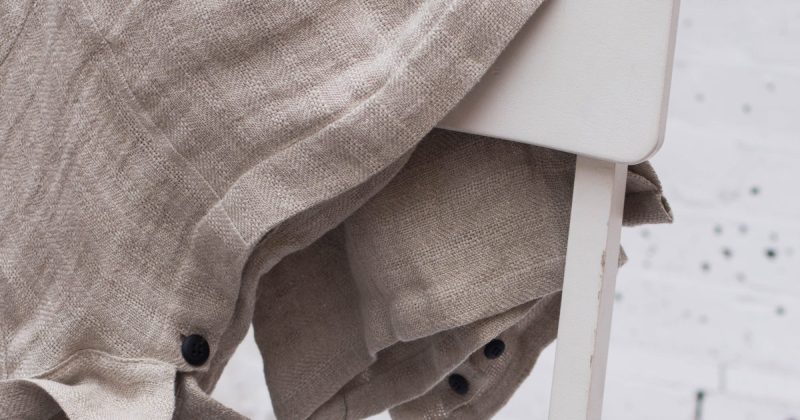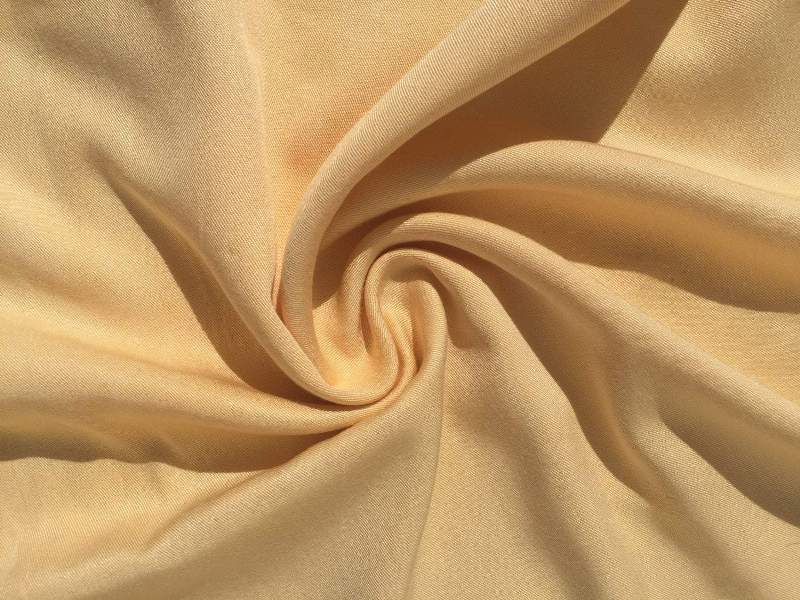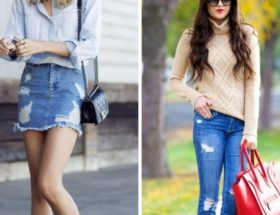
Fabrics of the Future: 5 Fabrics that Would Enhance Fashion Sustainability
Admittedly, the textile industry is intricate. While most of us do not think about our clothing life cycle, our fabrics actually have a complicated lifespan, carbon footprint, and impact of human activities.
There are many resource-efficient fabrics used nowadays to transform global fashion. Sites like UK CollectedReviews collate several online shopping sites in the fashion industry which you should check out.
Here are 5 impactful fabrics that would enhance fashion sustainability:

- Linen: Linen is a textile made from the flax plant’s fibres. It is a very powerful absorbent that dries much faster than raw cotton. Sometimes, it is mixed with cotton to create a soft fabric. Linen is biodegradable and does not require the application of pesticides, therefore eco-friendly. It is used in the making of apparel and bedding now.
- Modal: Modal is a form of rayon, a semi-synthetic fibre of cellulose produced by rotating reprocessed cellulose, often from beech trees. Since beechwood tree branches rejuvenate themselves, they are regarded to be a viable raw material that can be used to develop a unique modal fabric. Modal is a good water-absorbing material. It has almost twice the absorbing capacity of cotton. It is also soft and smooth like linen, making it a suitable fabric for the making of undergarments and active wears.
- Cotton: This is a white staple fibre composed of the hairs that grow around the seed of the tropical plants that belong to the genus Gossypium. Cotton products are relatively cheap since they are derived from one of the world’s leading crop plants abundantly produced. It is one of the most widely used textiles for bedding products and clothing. Conventional cotton has a substantial carbon footprint as its cultivation requires heavy use of chemicals like insecticides and chemicals. In addition, it requires a large quantity of resources (land and water) to grow. Therefore, growing organic cotton is much better since it reduces the negative impact cotton cultivation has on the environment as well as in the cotton industry.
- Tencel: Tencel is one of the most progressive cellulosic fibre generated using recyclable solvents from wood pulp. The material’s plant source is the eucalyptus tree which is a resource-conserving plant. In the manufacture of Tencel yarn, a small amount of water is used (about 20%) and the process is powered with fully renewable energy.
- Hemp: Hemp has recently gained a great deal of attention for good reason today. It is one of those special agricultural products that serve as food, clothing, medicine and sheltering material. This fabric would enhance fashion sustainability as it requires no chemical to keep it healthy when being cultivated, is dense and can be woven into virtually any form of clothing. Hemp genuinely checks all the boxes for a responsibly sourced plant-based fibre from a cultivation standpoint. The fabric is produced from long fibrous threads that will form a yarn which can be used to interlace the material when twisted together.

When selecting fabrics for their brands, fashion designers and producers have to take sustainability into account. Creativity and ethical business practices are part of the future of sustainable fashion.









